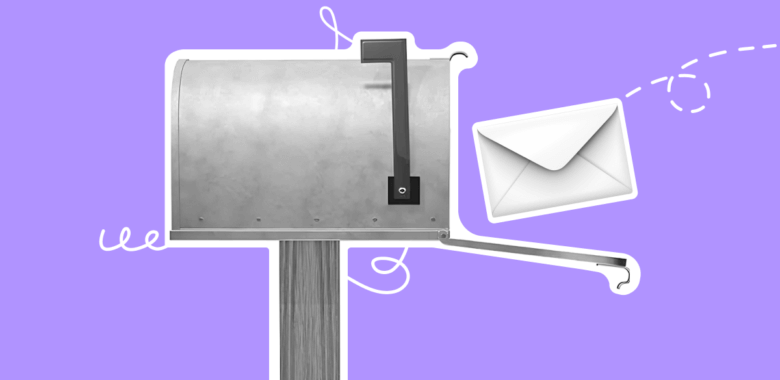Go multichannel – add email marketing to your direct mail campaigns. Sign up and explore our flexible AI-powered email builder, enjoy 24/7 support even on the free plan, and launch professional email campaigns in 15 minutes.
What is direct mail and what are its benefits?
Direct mail (also called advertising mail, letterbox drop, mailbox, or admail) is any physical correspondence you send to people via postal mail. The aim is to introduce your business to prospects and turn them into customers. It is a great channel to use both for B2C and DTC marketing and has its own impressive share of benefits compared to digital methods. There are a number of reasons why direct mail is effective.
Direct mail can be targeted precisely. One simple way to do that is the Every Door Direct Mail service by USPS (in the U.S.), which lets you send promotional mail to customers in different areas. As the service uses the USPS’s recipient base, you won’t have to search for people and their addresses yourself. Another way is to use the mailing lists you collected yourself.
It has a high ROI. 84% of marketers think that direct mail provides the highest ROI of any channel they use.






















